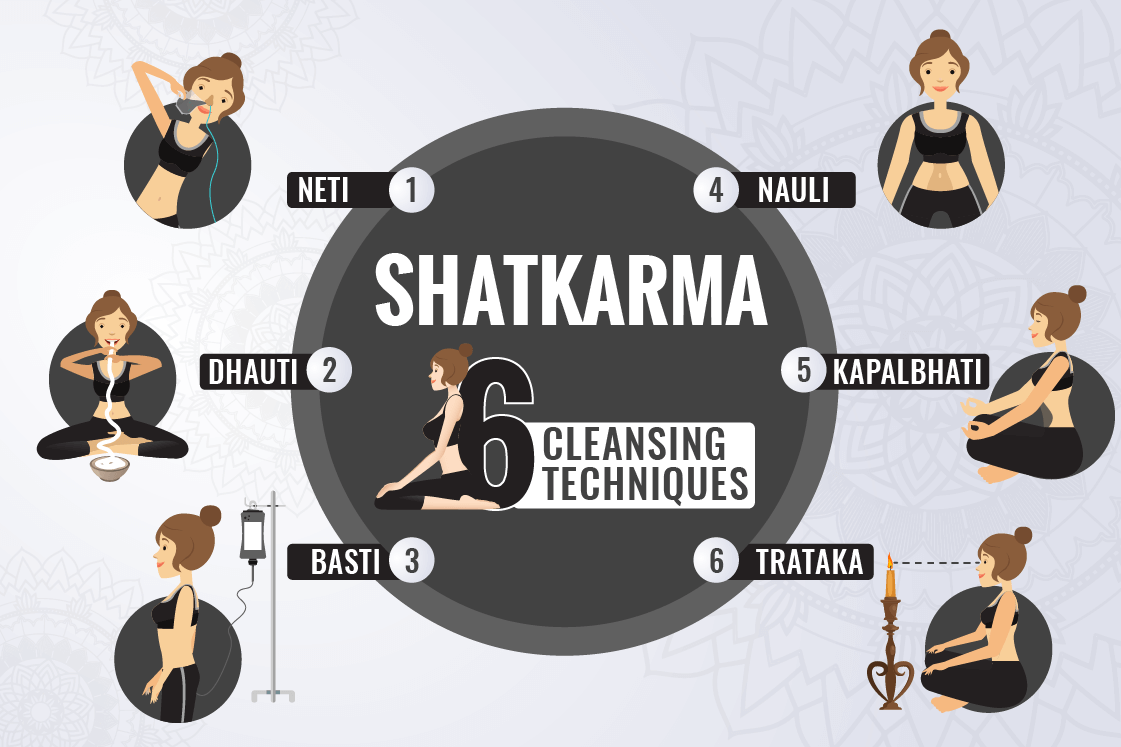
YOGA THERAPY
Yoga therapy is a mind-body practice that focuses on your physical, emotional and mental health. The practice uses movement, mindfulness, meditation, relaxation and breathing exercises to help you relax, relieve stress.
Yoga therapy is a process to empower you to improve your health and well-being through the practice of yoga.
The Tools of yoga include:
- Physical postures and movements (Asanas).
- Breathing exercises (Pranayama).
- Meditation/relaxation (Dhyana).
Benefits: The benefits of yoga therapy include,
- Stress relief
- Mental clarity.
- Stronger muscles.
- Reducing pain and pressure.
- Increasing balance.
- Helping you sleep
- Aligning your body for best function.
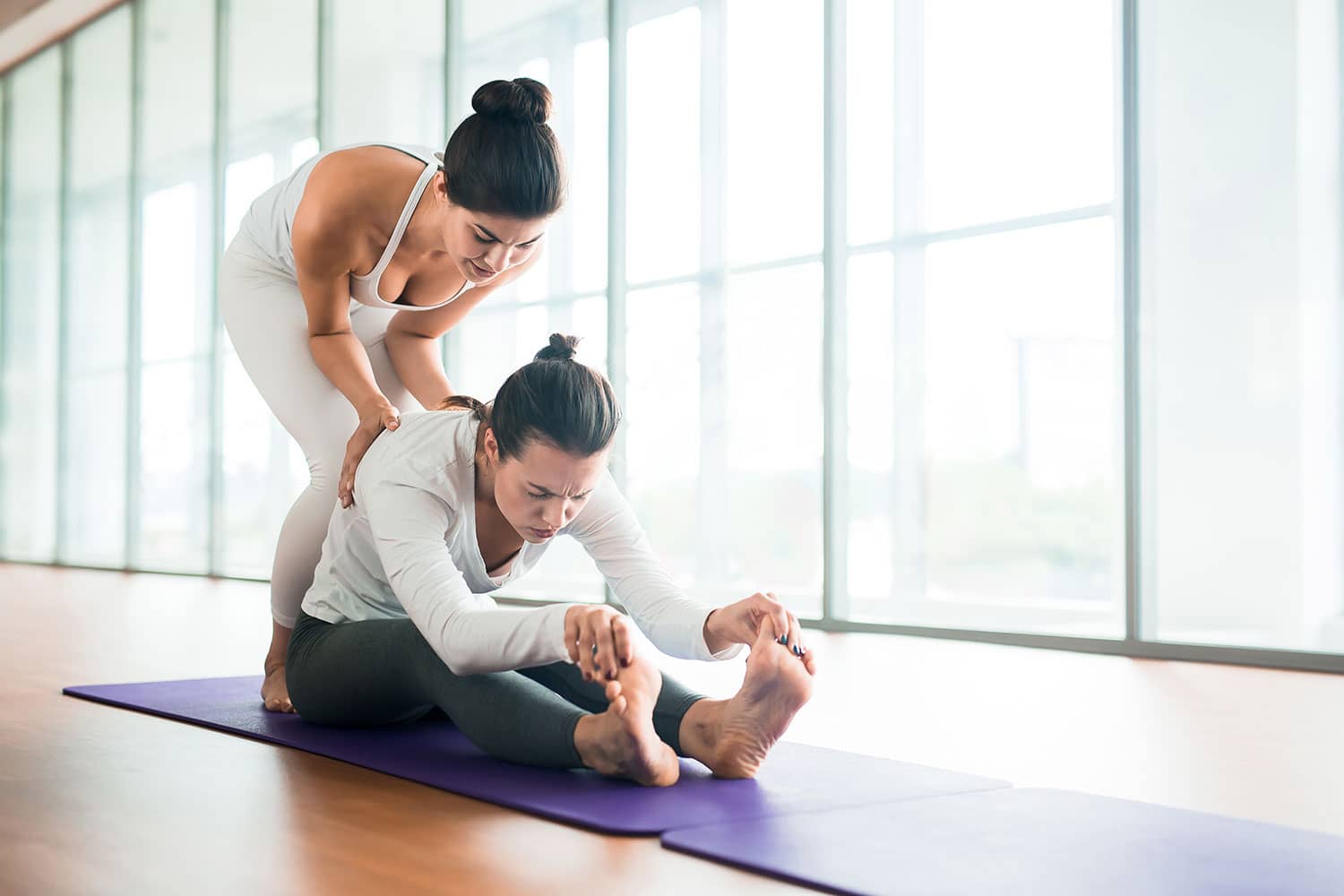
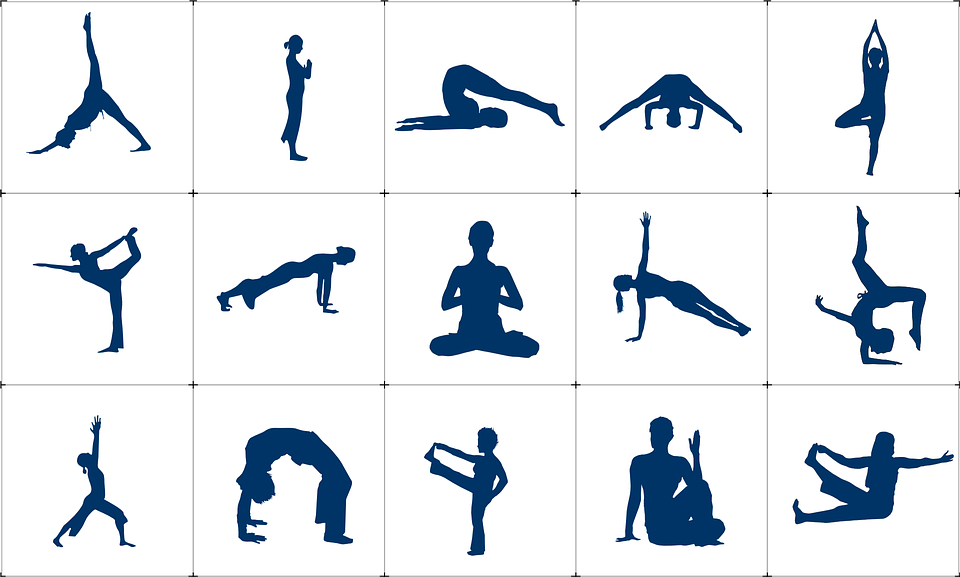
Asanas
An asana is a body posture, originally and still a general term for a sitting meditation pose and later extended in hatha yoga and modern yoga as exercise, to any type of position, adding reclining, standing, inverted, twisting, and balancing poses.
The different postures or asanas include:
- lying postures (supine and prone)
- sitting postures
- standing postures
- inverted or upside-down postures.
Pranayama
Pranayama is the practice of breath regulation. You intentionally inhale, exhale, and hold your breath in a specific sequence. The goal is to connect both body and mind. Pranayama is the part of yoga that deals with breathing exercises to let us take control over the Prana (vital life force). While Prana can be understood as the source and cause of movement in our breathing.
Pranayama can involve many different breathing techniques, such as:
- Alternate nostril breathing (nadishodhana pranayama)
- Aictorious breath (ujjayi pranayama)
- Female honeybee humming breath (bhramari pranayama)
- Bellows breath (bastrika pranayama).
Benefits of Pranayama:
- Decreases stress
- Improves sleep quality
- Increase mindfulness
- Reduces high blood pressure
- Improves lung functions
- Improves memory
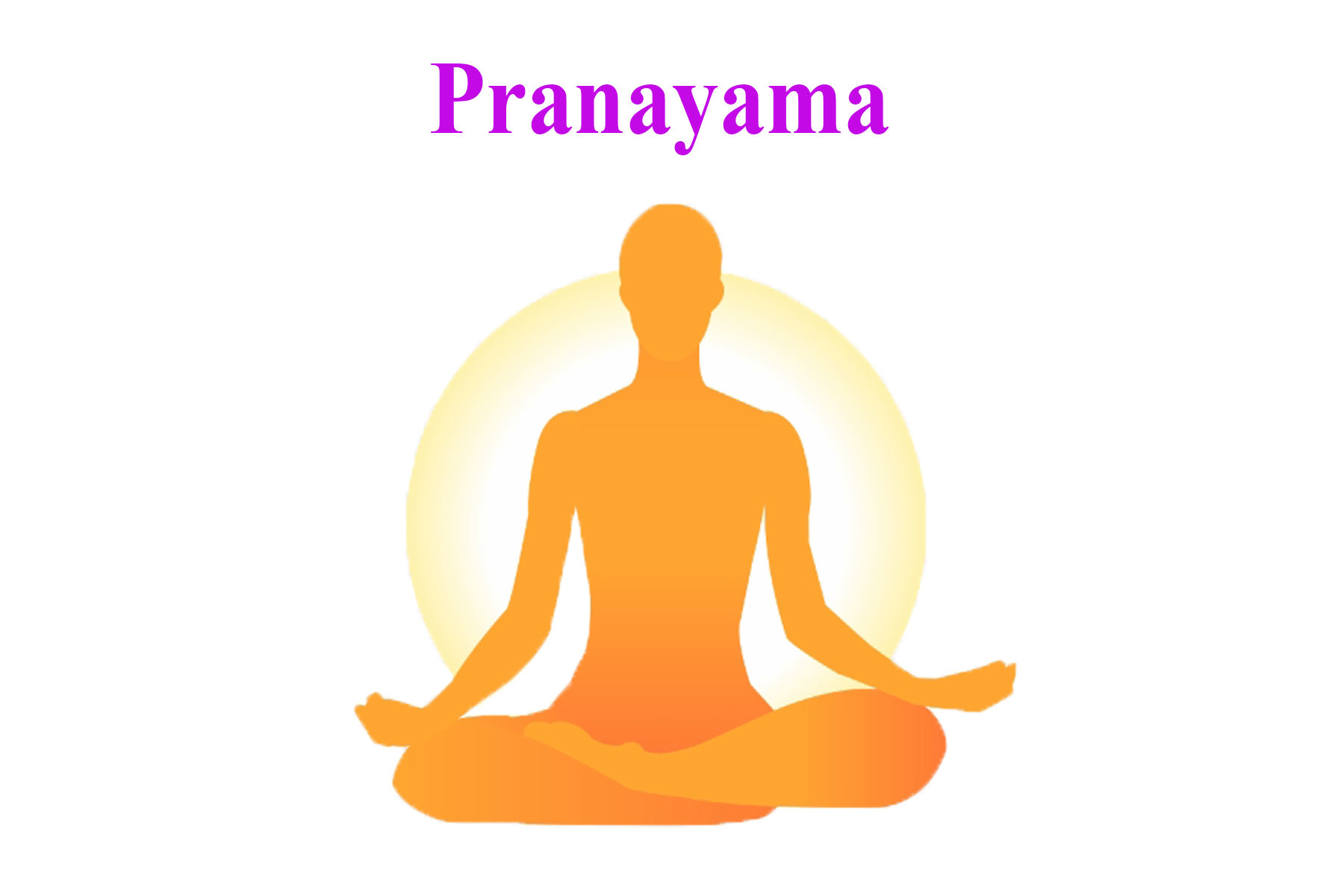
Meditation
The term “Meditation” refers to a variety of practices that focus on mind and body integration and are used to calm the mind and enhance overall well-being. Some types of Meditation involve maintaining mental focus on a particular sensation, such as breathing, a sound, a visual image, or a mantra, which is a repeated word or phrase.
It can involve practices to sharpen focus and attention, connect to the body and breath, develop acceptance of difficult emotions, and even alter consciousness. There are nine popular types of meditation practice:
- mindfulness meditation
- spiritual meditation
- focused meditation
- movement meditation
- mantra meditation
- transcendental meditation
- progressive relaxation
- loving-kindness meditation
- visualization meditation
The emotional and physical benefits of meditation can include:
- Giving you a new way to look at things that cause stress.
- Building skills to manage your stress.
- Making you more self-aware.
- Focusing on the present.
- Reducing negative feelings.
- Helping you be more creative.
- Helping you be more patient.
- Lowering resting heart rate.
- Lowering resting blood pressure.
- Helping you sleep better.
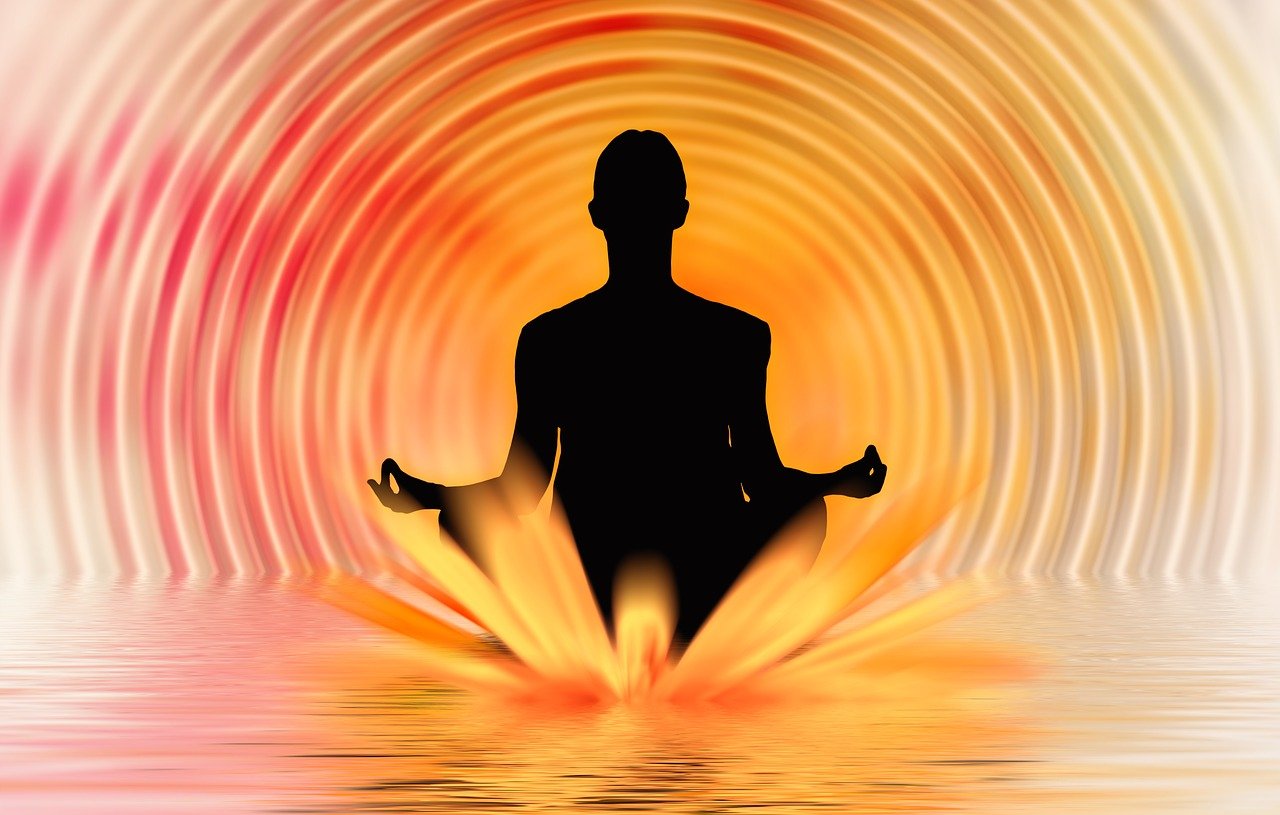
Yogic Shat Kriyas
Yogic Shat-kriya s a cleansing & detoxification of your body through six steps which are:
- Neti Kriya: The cleansing of upper respiratory tract through the nose
- Dhauti Kriya: The cleansing of the stomach through rubber pipe or cloth
- Vasti kriya: The cleansing of the colon through enema or shankhaprakshalan
- Nauli Kriya: Systematic & scientific exercise for abdominal organs
- Kapalbhati Kriya: Cleansing & detoxification of the respiratory tract
- Tratak Kriya: Systematic cleansing exercise for the eyes
